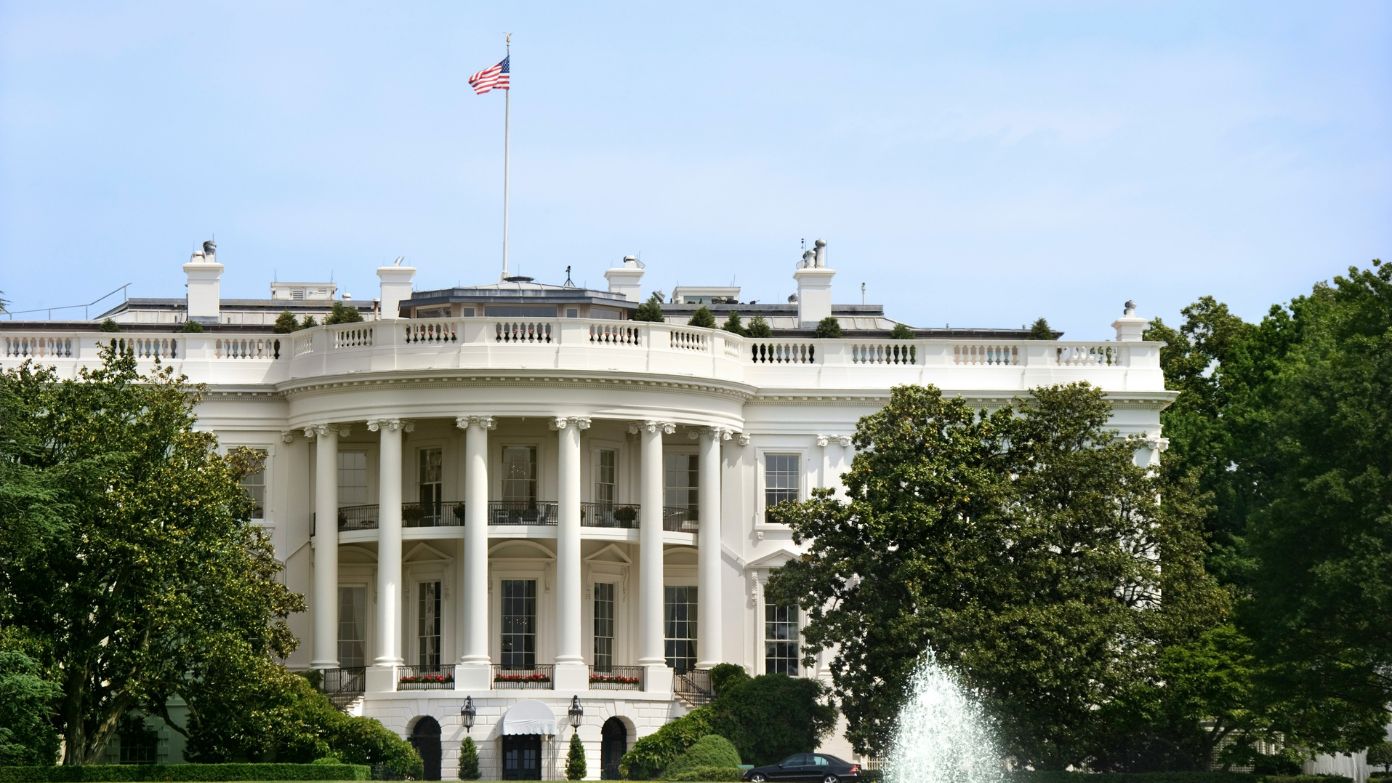If Congress cannot agree on funding by September 30, the federal government could shut down. You might wonder: how would that affect Supplemental Nutrition Assistance Program (SNAP) payments and other federal assistance programs? Below is an easy-to-understand look at what could happen — and what likely will stay intact — based on current rules, past shutdowns, and USDA contingency plans.
What is a government shutdown — and which programs are “mandatory”?
A government shutdown happens when Congress fails to pass appropriations or a continuing resolution to fund agencies by the start of the new fiscal year. In such cases, non-essential discretionary programs are suspended or scaled back, while mandatory programs and those with funding already obligated often continue.
SNAP is considered a mandatory program, and it is supported by multi-year funding, carryover reserves, and obligations made in advance. This gives it some protection in a shutdown — at least for a time.
Recommended:
Will SNAP payments in october still go out if there is a shutdown?
Yes — likely. Recipients should expect their October 2025 SNAP benefits even if a shutdown is in place.
Here is why:
- States send electronic files for the next month’s benefit disbursements ahead of time (by mid-month), so the benefit obligations for October are already locked in before a shutdown would begin.
- USDA’s contingency plan states that core nutrition safety net programs, including SNAP, will continue operations “to the extent permitted by multiyear carry-over funds and contingency reserves” during a lapse in appropriations.
- Because of that planning, SNAP is one of the “excepted” programs — meaning it can operate even when discretionary funding lapses.
So if you are a current SNAP recipient, your October benefit should arrive on the usual schedule.
What are the risks if the shutdown lasts for weeks or months?
While short-term shutdowns are manageable for SNAP, longer ones bring more uncertainty. Here are the risks:
- Contingency funds could run out. The reserves supporting SNAP are not unlimited. If the shutdown drags on past mid-October, USDA may run short of funds to keep issuing benefits.
- State and federal staff cuts may slow processing. Even though states handle much of the day-to-day SNAP operations, federal support is still needed. Customer service, new case reviews, and recertifications might slow or stall if federal workers are furloughed.
- Store and retailer licensing issues. Some stores depend on federal approvals to accept SNAP. If those licenses expire during the shutdown, the retailers might temporarily be unable to accept SNAP benefits.
- New applicants and recertification delays. If your SNAP case is up for renewal or you are just applying, your application might face extra delays if federal oversight or funding is limited.
In a past shutdown, USDA told states that contingency funding would allow them to fund recurring SNAP benefits but warned that new benefits could be affected if the shutdown lasted too long.
Recommended:
How would other federal assistance programs be impacted?
SNAP is not the only program people worry about. Here is what could happen with some others:
- WIC (Women, Infants, and Children). WIC is also considered one of the nutrition safety net programs. During past shutdowns, it has stayed operating for a time — though if funding is exhausted, it may shut down after a few days.
- Other cash or benefit programs like Social Security, Medicare, and Medicaid. These are considered “mandatory” and are less likely to be interrupted immediately.
- Administrative services. Some support services may slow or pause — for example, processing overpayments, responding to disputes, issuing new cards or replacing lost ones.
Recommended:
Does receiving unemployment benefits affect SNAP eligibility?
Does Kroger accept SNAP payments?

